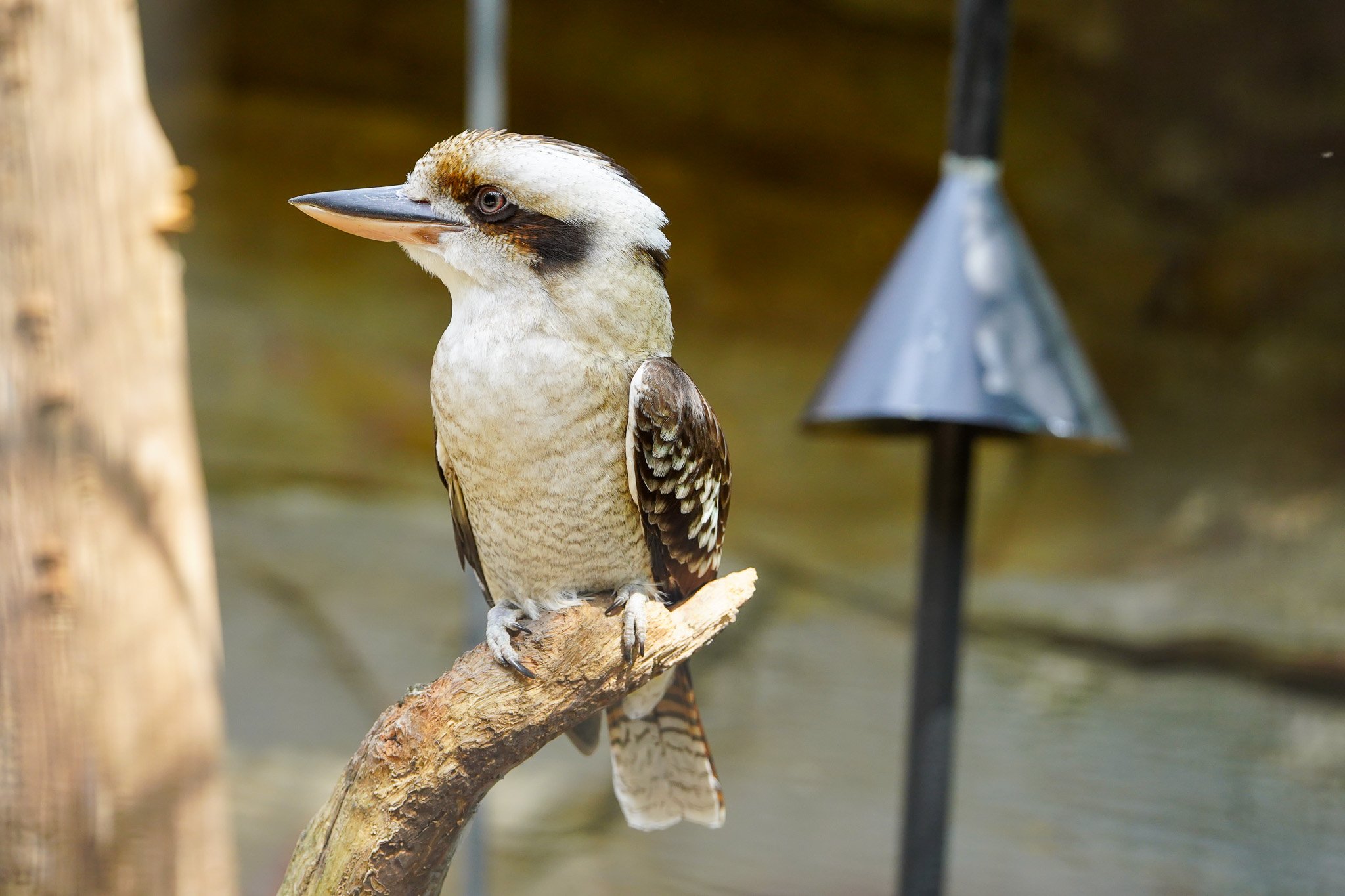
White Lion
White lions are a rare color variant of the African lion, known for their striking white coats caused by a recessive gene, primarily inhabiting the savannas and grasslands of South Africa, where they face similar threats to their tawny counterparts.
Learn about the White Lion
Scientific Name: Panthera leo
Classification: Vulnerable
Size: Males weigh 150-250 kg and measure 2.5-3.3 m in length; females weigh 120-182 kg and are slightly smaller.
Distribution: Primarily found in the Greater Timbavati region of South Africa.
Diet: Carnivore, primarily hunting large ungulates like zebras and wildebeests.
Lifespan: About 10-14 years in the wild; up to 20 years in captivity.
Litter Size: The average is usually around 2 to 3 cubs.
Primary Threats: Habitat loss, human-wildlife conflict, and poaching.
Where are White Lions Found?
White lions are primarily found in the Greater Timbavati region of South Africa, where they inhabit savannas and open grasslands.
Why are White Lions Classed as Vulnerable?
White lions are classified as vulnerable due to declining populations driven by habitat loss, conflicts with humans, and poaching for their unique coats. Conservation efforts are essential to preserve this rare variant.
Do White Lions Have Long Lives?
White lions typically live around 10-14 years in the wild, with females often living longer than males. In captivity, they can reach up to 20 years, exhibiting complex social structures and fascinating behaviors within their prides.










